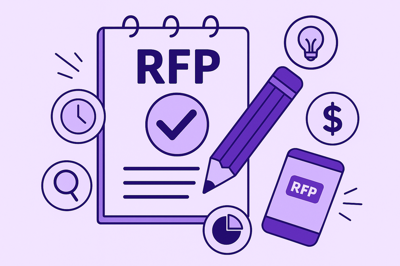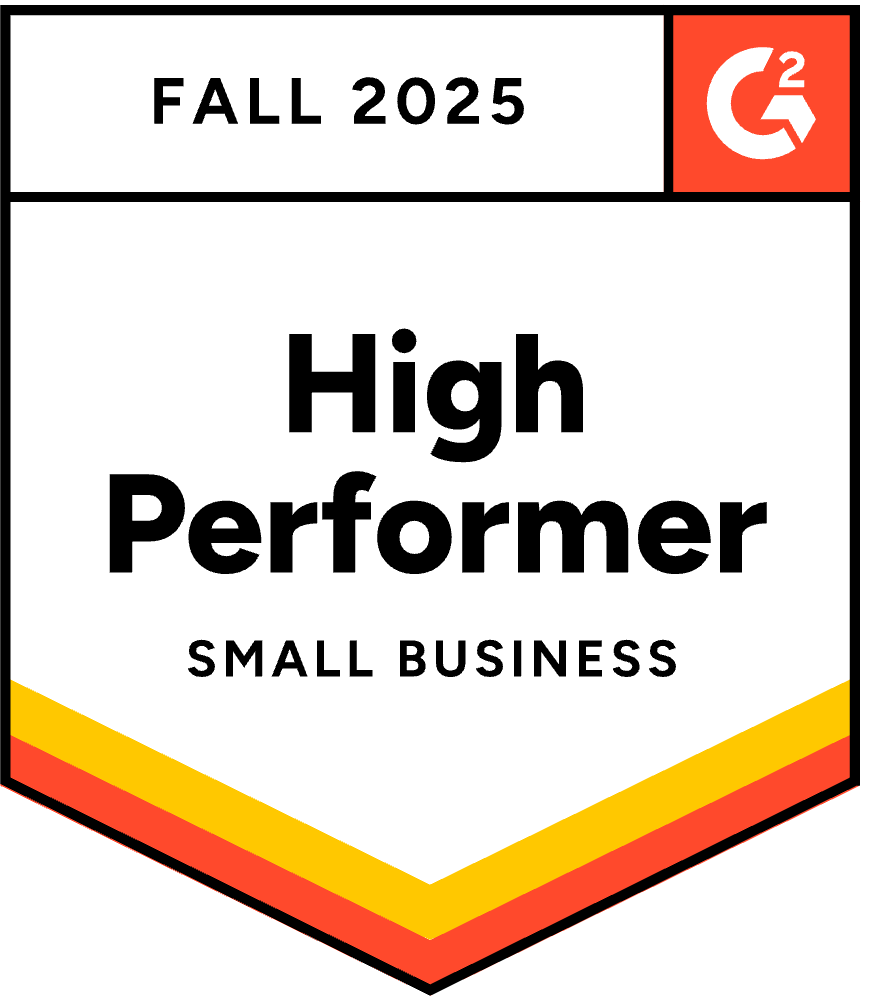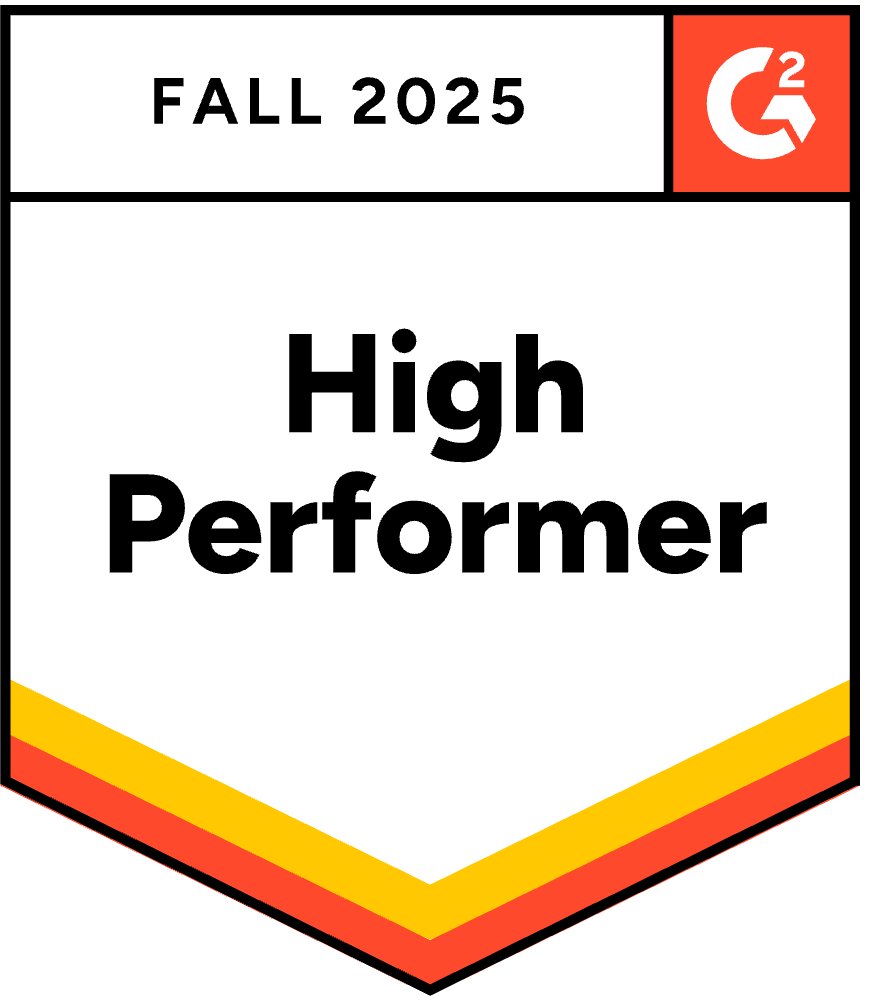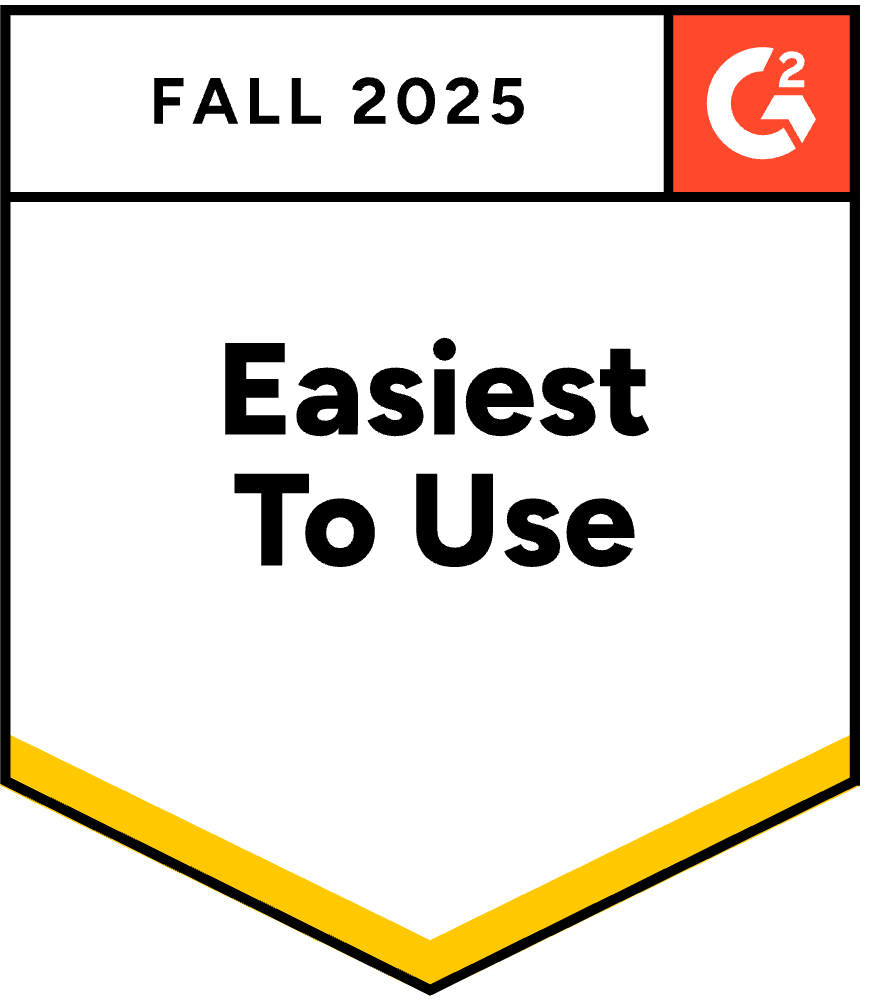How Great Sales Engineers Win
June 14, 2025
By
Evie Secilmis

Strong SEs Don’t Just Support the Deal — They Shift the Outcome
Sales engineers are the quiet force behind complex deals.
They’re answering RFPs, running demos, navigating procurement, and translating between teams.
But when SEs are stretched thin, buried in busywork, or pulled into every single deal, the real value of presales disappears.
Here’s what high-impact presales actually looks like — and how to build systems that make it possible.
1. Qualify Early, Kill Fast
Great SEs don’t smile through bad deals.
They spot dead ends early, flag misalignment, and aren’t afraid to say, “This isn’t it.”
Every minute spent on a shaky fit is time taken from a winnable deal.
But that kind of decisiveness only happens when SEs have time to think strategically — not when they’re buried in outdated questionnaires or chasing RFP approvals across Slack.
Presales can’t be proactive when it’s buried in reactive work.
2. Tailor or Don’t Bother
Recycled demos don’t close skeptical buyers.
High-performing SEs don’t just show the product — they map the product to the pain.
They surface what matters to that room, that deal, that decision-maker.
But most SEs don’t have time to tailor anything. They’re stuck re-answering the same 40 RFP questions they’ve seen a dozen times before — or reusing last quarter’s deck.
When SEs are forced into rinse-and-repeat mode, everyone loses.
3. Speak Buyer, Not Platform
Great SEs don’t just demo features. They translate value.
They shift fluidly between the CTO and the procurement lead.
They know when to lead with compliance and when to dig into integrations.
They make the whole room feel like this thing actually fits.
That kind of translation doesn’t happen when SEs are formatting spreadsheets at midnight. It happens when they have the time — and the tools — to prepare for real conversations.
4. Drop Clarity at the Moment of Doubt
The best SEs know exactly when to zoom in.
When the buyer’s on the fence, they don’t flood them with features.
They show one thing that makes the next step obvious.
It’s not about more information — it’s about the right insight at the right time.
But SEs can’t deliver that clarity if they’re spending half the week coordinating SME input or cleaning up version control issues.
What’s at Stake
The cost of inefficiency isn’t just time — it’s opportunity.
Across enterprise presales teams, up to 40% of SE hours are spent on administrative work: formatting RFPs, chasing approvals, and managing version control. That’s the equivalent of losing a full quarter of productivity every year.
When your most technical minds are working reactively instead of strategically, you’re not just slowing deals — you’re shrinking pipeline potential.
Presales should drive growth. Instead, it’s often trapped in survival mode.
What High-Impact SEs Need
High-performing SEs aren’t built through hustle — they’re built through leverage.
They need systems that give them:
- Time to qualify instead of firefight
- Data to personalize without guessing
- Tools that automate the repeatable
- Support that values outcomes over activity
When you give SEs these foundations, they don’t just keep up — they elevate the deal.
Tying It Back: From Support to Strategy
So why aren’t more SEs operating this way?
Because most presales teams don’t have the time or infrastructure to work like this.
They’re stuck doing coverage.
Responding instead of guiding.
Recycling instead of tailoring.
Supporting instead of closing.
That’s not strategy. That’s survival.
To transform presales from a service function into a growth engine, you need systems that protect SE time, amplify their insight, and give them leverage.
That’s what modern presales strategy looks like — and it’s exactly what Iris was built to enable.
Final Thought
Strong SEs don’t need more hours.
They need better systems.
Give them leverage — and they’ll give you growth.
Frequently Asked Questions
Q: How can AI help presales teams like ours scale effectively?
A: AI tools like Iris automate repetitive response work — from RFPs to security questionnaires — freeing SEs to focus on strategy, qualification, and buyer conversations that actually move deals forward.
Q: What metrics define a high-impact presales team?
A: Look beyond volume. Track win rates, deal velocity, and SE influence on pipeline. The best teams measure how presales affects outcomes, not just output.
Q: How can leaders protect SE bandwidth during busy seasons?
A: Centralize approved content, automate intake, and use AI to route requests to the right expert. When the process runs itself, SEs can focus on the conversations that close deals.
Share this post
Link copied!



















